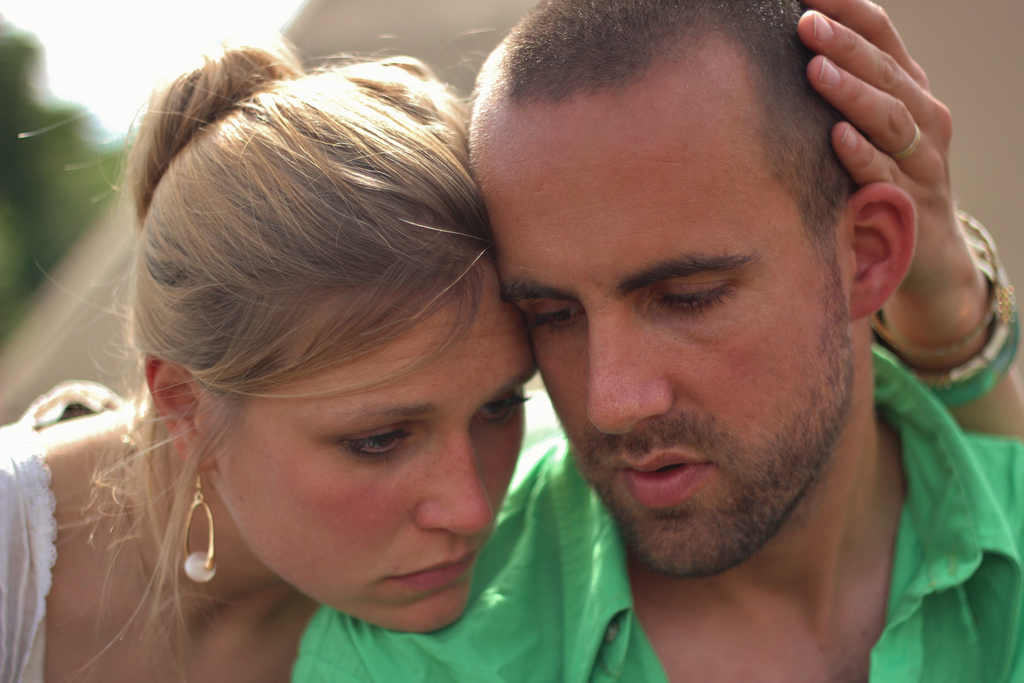
creative commons licensed ( BY-SA ) flickr photo shared by louiscrusoe
Vaginal pain – it’s not in your head! Many women suffer from a common and often misunderstood vaginal pain condition called vulvar vestibulodynia, also know as vulvar vestibulitis syndrome (VVS) or vulvodynia. Pain can be experienced with intercourse or other sexual contact, tampon use, a medical exam, riding a bike, sitting, or wearing tight pants. A study published in the Journal of the American Medical Women’s Association [2003] demonstrated that 16% of the female population experienced vaginal pain at some point in their life. Many women chose not to seek treatment, of those that did, 60% saw 3 or more doctors, many of whom could not diagnose the condition. The study also showed that women who have pain the first time they use a tampon are 7% more likely to have chronic vulvar pain later in life. Considering that vestibulodynia (vestibulitis) is believed to be quite prevalent and is often misdiagnosed, it is important that women are informed about this condition – the causes, treatment and supports – enabling women to make informed decisions regarding their health care.
Although pain can be present with or without physical contact, it is often made worse by contact and can vary in intensity and frequency, from very occasional to constant and unrelenting. The type of discomfort can also vary, ranging from mild burning to knife-like pain. Many women experience increased pain at a specific point in their menstrual cycle. Approximately 40% of women also experience simultaneous bladder and bowel conditions and other pain conditions. The onset of pain varies. Some women have had vaginal pain since their first experience of vaginal contact when trying a tampon or intercourse for the first time. Others develop vestibulodynia after many years of painfree vaginal contact.
Often misdiagnosed as a yeast infection or psychological issue, the cause of this condition is unknown. Medical examinations and laboratory test results are negative for bacterial and fungal infections and skin conditions. The medical community believes that vestibulodynia, or vestibulitis, may be caused by injury or irritation of the local pain nerves in response to trauma, infection, or sensitivity to environmental factors. Most women with vestibulodynia have increased tension or spasm (vaginismus) of the pelvic floor (the muscles that support the pelvic organs and surround the vaginal opening).
Several different treatment options are available. Physical therapy, medications, dietary modifications, stress and pain management, counselling and exercise are common treatment approaches. In some situations, surgery may be an option. Physical therapy treatment has many aspects, ranging from learning how to control both the contraction and relaxation of the muscles surrounding the vagina, desensitizing the painful areas to touch, the use of vaginal inserts and information regarding dietary modifications.
At Dayan Physiotherapy, we use biofeedback to help women learn how to relax these muscles (the pelvic floor), and if there is pain, what to do to minimize or eliminate the discomfort. In this way, anxiety can be eliminated as women take back control of their vaginas! Information regarding nonpainful sexual activity and the physiology of pain and of the male and female sexual response are also important treatment components. As several different treatment options can be helpful, we can help direct you to other healthcare professionals knowledgeable about this condition. If you already have other supports, we commit to working as part of your team.
Educate yourself. Women often find a holistic, multi-faceted approach to management of vulvar pain works best. Information, support and treatment options are available; the path is individual. At Dayan Physiotherapy, we help you learn about your options and make informed choices. Remember, the problem is in your vagina – not in your head!
